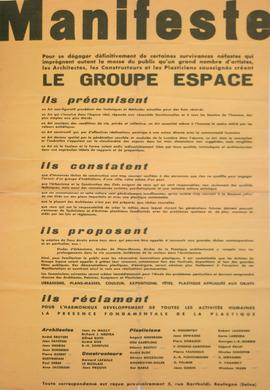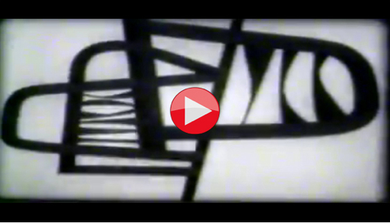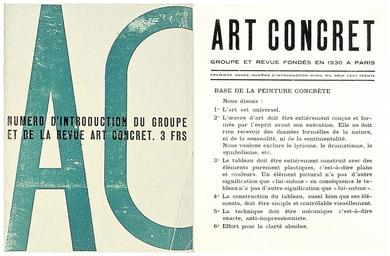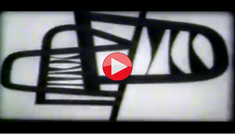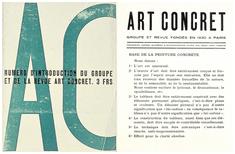The Hanina Gallery is pleased to present a selection of paintings by leading exponents of Geometric Abstraction working in mid-century Paris, including Jean Deyrolle, Edgard Pillet, Silvano Bozzolini, Luc Peire, Alfred Reth, Jean Leppien and Emile Gilioli, as well as rare examples of Dora Maar’s highly accomplished paintings in this style.
This movement, which was often in opposition to the gestural approach of Abstraction Lyrique and Abstract Expressionism, has its roots in Malevich’s Suprematism, and sought to achieve a utopian universal harmony. These ideals evolved through the Dutch ‘De Stijl’ group, and the 1920’s Paris based ‘Cercle et Carré’ group, into Theo Van Doesburg’s ‘Art Concrete’ from which we have a major example from 1934 by leading Swiss exponent Léo Leuppi.
In the post-war period the most significant development for the movement was the ‘Espace’ manifesto of 1951, which was signed by many advocates of geometric abstraction (and neo-plasticism) including artists, designers and architects, from Arne Jacobsen to Victor Vasarely. Italian artist Silvano Bozzolini was one of the original signatories and several of his works from the period are included in the exhibition, along with works by Jean Deyrolle, who worked in tempera rather than oil to give his compositions an ultra-matt texture, and was the founder of the artist’s think-tank the ‘Centre de Recherche’; and Edgard Pillet who had set up the influential ‘Atelier d’Art Abstrait’ with Jean Dewasne, and also exhibited with the ‘Diagonale’ group at Galerie Denise René. A major work by Pillet is also in the exhibition at Hanina Fine Arts. Other highlights include Hungarian artist Alfred Reth’s work influenced by Hindu teachings on the spiritual relationship between straight and curved lines; and Italian Emile Gilioli’s asymmetric bronze sculpture inspired by a tilting 10th century Roman Chapel.

